It’s easy to assume that influencer marketing has to create a linear journey for potential customers. You show them a product via a popular creator, explain the value proposition and direct them to buy. That’s it, right? Well, not quite. Especially when said item isn’t easily purchased online. Here, we’ve highlighted five surprising industries that are using influencer marketing—and most of them are thinking outside the box in terms of how effective their campaigns can be. From telecom’s unique and very creative campaigns to big box retailers teaming up with unlikely names, here’s how these industries are making waves on social media.
1. FinTech
With just four payments (interest free, most likely) shoppers are scooping up Prada slides and new AirPods without a second thought, thanks to the recent proliferation of FinTech companies. That includes the likes of Klarna, Afterpay and Affirm who have reinvented the concept of layaway for the 21st century, making their “buy now, pay later” payment systems tech-friendly, easily-accessible and branded just like any other Gen-Z adored product.
Naturally, that includes working with nano- and micro- influencers to show their followers just how they use these payment services. There’s former fashion editor Lauren Caruso who shops at Lululemon and Aritzia with a little help from Afterpay and minimal content creator Connie Korenovsky who shares her scroll to IRL holiday shopping list from Urban Outfitters…that was also entirely discovered via Afterpay.
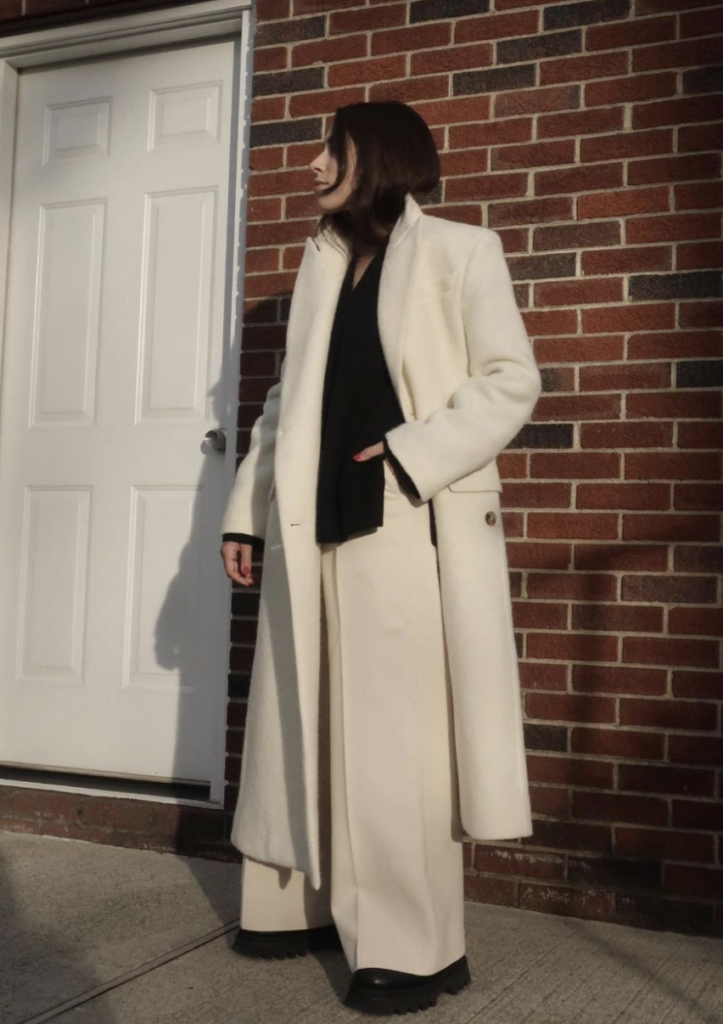
Lauren Caruso / @laurencaruso 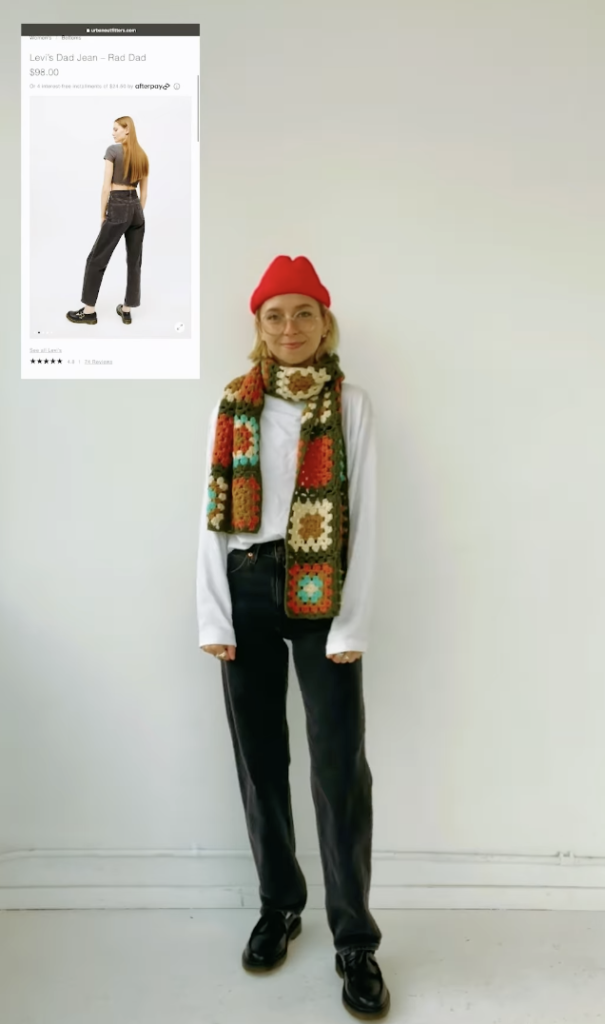
Connie Korenovsky / @yesconnieishere
Klarna, on the other hand, is thinking big. In fact, they’ve become so invested in their ambassador strategy that they acquired the influencer marketing software firm APPRL in July 2021. Klarna has also worked with massive social media stars including Bretman Rock, with whom they created a highly produced campaign—replete with mermaid tails and crystal balls.
However, once you dig into the data, it comes as little surprise that these emerging retail players are putting a big spend behind their influencer campaigns. According to a Mintel research report on eCommerce in the US, with a focus on individuals between the ages of 18 and 43 who have shopped online over the last year and are active on social media, 50% of them said they would use “buy now, pay later” to score an expensive item while online shopping. That’s a pretty big market to reach.
2. Medical
This one might not be too surprising—because we’ve all been witness to a gory pimple popper video or a viral before and after plastic surgery pic—but it is a bit more complicated than the rest of the industries on this list. Take for example, everyone’s favorite platform to book a doctor’s appointment, ZocDoc, which is kind of operating as a social media platform of its own. It allows so-called “doctor influencers” who are laser focused on an effective digital marketing approach to rise above their more tech-challenged competition. You’ve got five stars on ZocDoc? Surely that will lead to more appointments and a busier, more robust practice.
Not to mention, ZocDoc provides plenty of resources for healthcare professionals that go far beyond tips on how to merge online and phone scheduling tools. We’re talking about a roundup of the “5 Doctors You Should Follow on Social Media” and a blog post about the most effective social media platforms for providers.

Social media is obviously an effective tool for healthcare marketing but it does cross some potentially unethical lines, as Instagram, for example, forbids the use of paid promotion of pharmaceuticals. But it has led to the rise of social media stars including dermatologists Dr. Sehreene Idriss and Dr. Lara Devgan, dentist Dr. Michael Apa and mega plastic surgeons Dr. Simon Ourian and Dr. Paul Nassif.
3. Big Box Retailers
Fashion blogger Arielle Charnas of Something Navy is constantly decked out in Chanel, The Row and Bottega Veneta—but she also shops for kids’ essentials from Walmart. Stacey-Ann Blake AKA @designaddictmom has a home that features a shock of color in each room—along with smart light bulbs that are available exclusively from Home Depot.
See, when it comes to big box retailers figuring out their influencer strategy, it’s clear that they have some serious budgets to pay big players. But they’re also smartly figuring out how they can seamlessly work with each public figure, highlighting how their stores can really fit into anyone’s lifestyle—even when buying the smallest or most mundane item.
And when it comes to big box grocery stores, there’s seemingly endless opportunities for partnering. Like food blogger Lindsay Ostrom (aka Pinch of Yum) showing her go-to affordable and organic Aldi picks. But it’s not just culinary accounts landing partnerships with supermarkets. Peloton star Cody Rigsby recently joined forces with Whole Foods to show how he loves his whole self—replete with a gorgeous bouquet, a homemade face mask and a few healthy snacks.
4. TeleCom
When AT&T launched AT&T Hello Lab℠, a digital creator project in 2016 with Grace Helbig, Collins Key, Brandon Armstrong and more, their aim was to have influencers across Instagram, YouTube, Snapchat and Twitter utilize technology to connect with their audiences. Without any sort of tech-related interruptions whatsoever. In a press release for the project, the telecom giant explained: “Taking advantage of the AT&T network, AT&T Hello Lab ambassadors will use their phones as mobile production studios, the network to broadcast their stories, and social media to connect them all.”
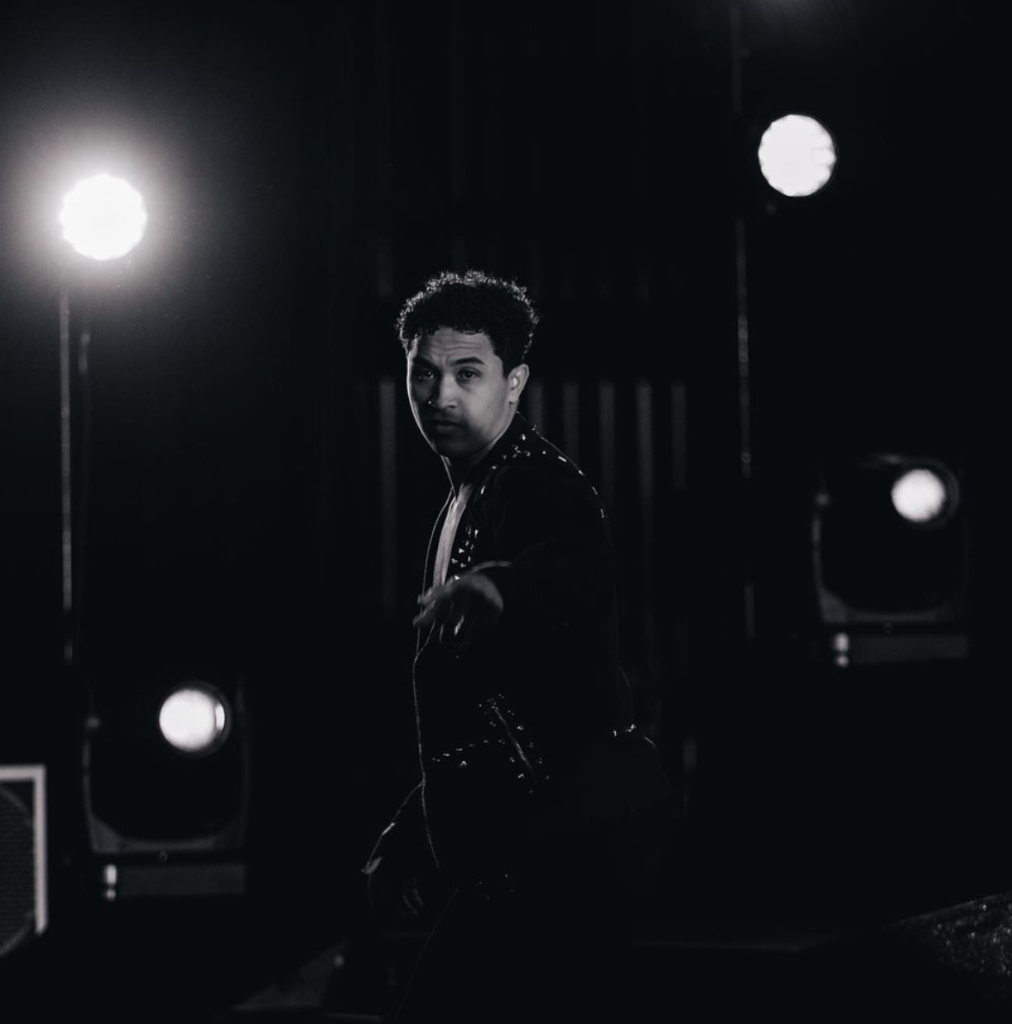
Brandom Armstrong / @brandonarmstrong 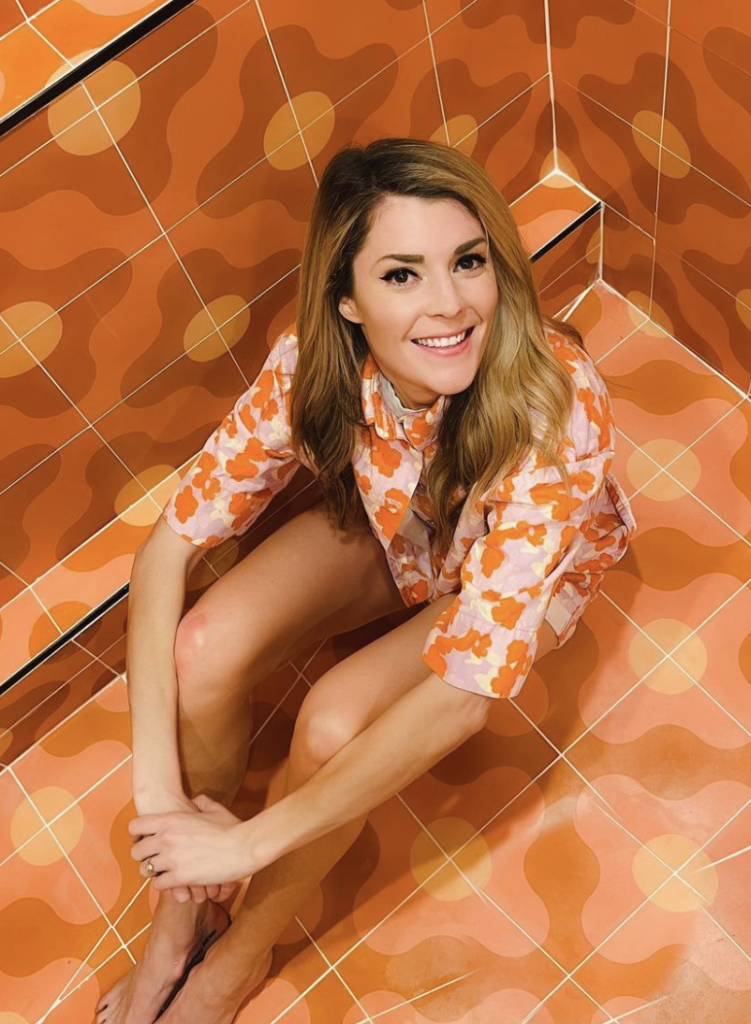
Grace Helbig / @gracehelbig
It’s a pretty smart activation, as it’s way more impressive and feels far more organic to consume content that’s created flawlessly using the best of the best technology—rather than hearing an influencer gush in a video about how great it is that their phone calls never get dropped.
T-Mobile’s Metro wireless brand has also been innovative with their approach to social media marketing. And by that we mean they’re not above trying to go viral by playing a digital game of H-O-R-S-E with a handful of basketball internet stars. How did that work? Well Tristan Jass, Jesser, Kris London and CashNasty would show off a trick shot every Monday during the NBA playoffs—and users were encouraged the replicate the shots with views of themselves using the hashtag #MetroFreak. Each influencer would pick one winner to become their teammate who would advance to an IRL tournament where the prize was a trip to meet GIannia Antetokounmpo from the Milwaukee Bucks. He, BTW, is known as the “Greek Freak,” hence the hashtag.
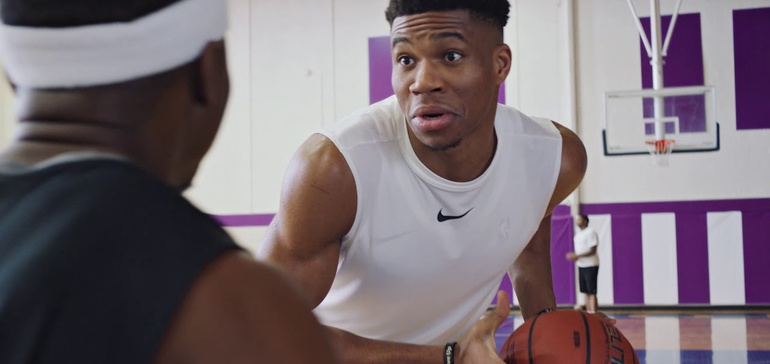
It’s a pretty unique, albeit involved, campaign but it really shows how these telecom companies have the resources to go above and beyond. These are well-developed and produced campaigns—and even though they might not be the most obvious way to show off their product—they do get potential customers to interact with them.
5. Health
As a partner of the US Olympic National Governing Body of US Speedskating, KT Tape has already landed a pretty visible deal for the ongoing winter sports. But they didn’t stop there; the elastic sports tape brand (that’s marketed as a drug-free alternative to sports related pain relief) also rolled out a YouTube miniseries called “What Does It Take?” Hosted by diver Steele Johnson, the series follows the Olympic pursuit of four athletes: speed skaters Kristen Santos, Maame Biney, and Mia Manganello-Kilburg, plus paralympic cross-country skier Oksana Masters. And it, of course, shows how they use KT Tape.
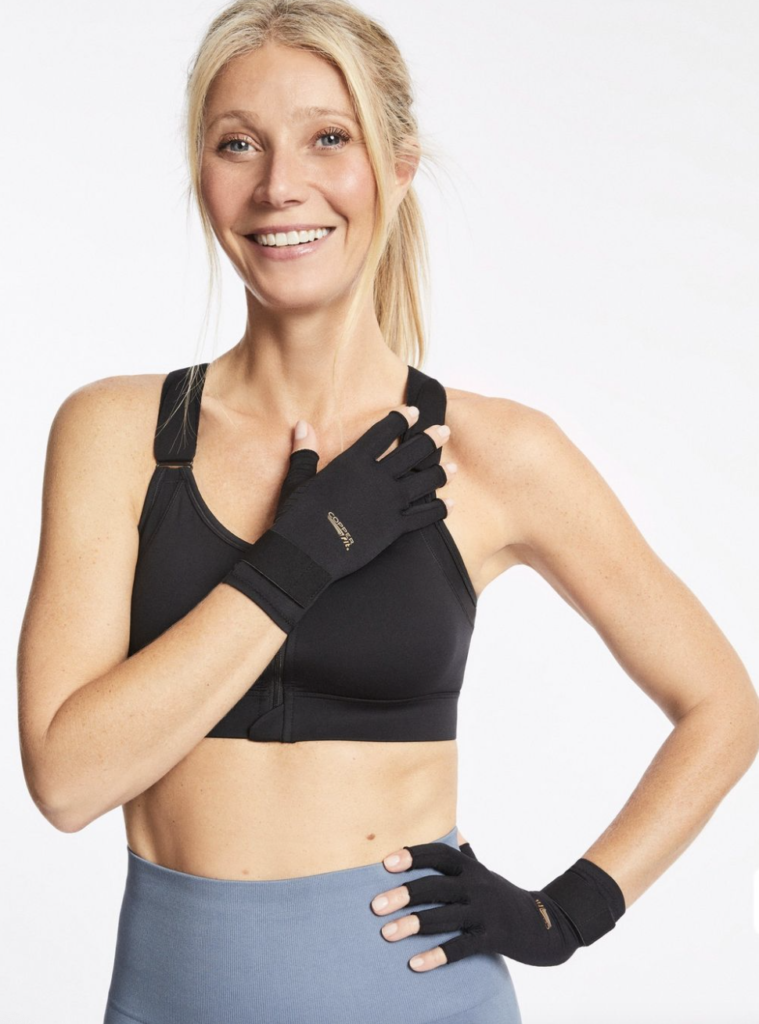
Unlike the telecom examples above, the health product industry is eager to show how their products are actually used via influencers and just how effective they can be—especially for those who are at the top of their physical peak. Or at the height of fame, like Copper Fit, a copper-infused compression wear brand, that recently teamed up with none other than Goop’s Gwyneth Paltrow.
The wellness leader doesn’t shy away from weird or not-yet-mainstream partnerships, but compression gear isn’t quite the sexiest of categories. Regardless, Paltrow admits on her IG that “Compression products have always been a part of my health and wellness journey,” as she shows how she wears knee brace while running, gloves while doing yoga and arch support bands while stretching. No doubt, glamorizing a $19.99 posture corrector will likely help the health brand move the needle, while also introducing them to an entirely new audience of discerning Goop shoppers.
Let’s Talk